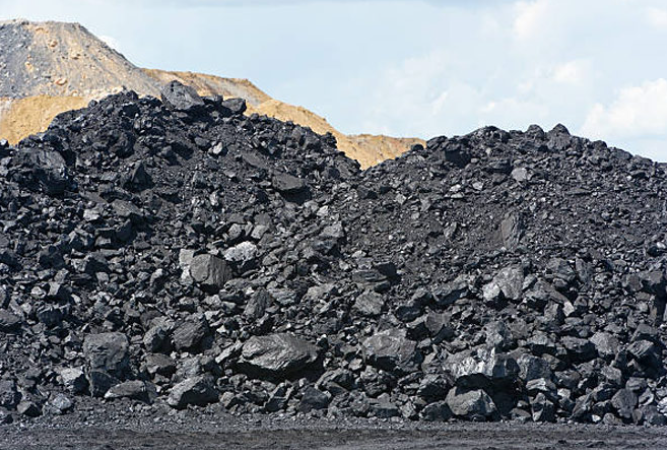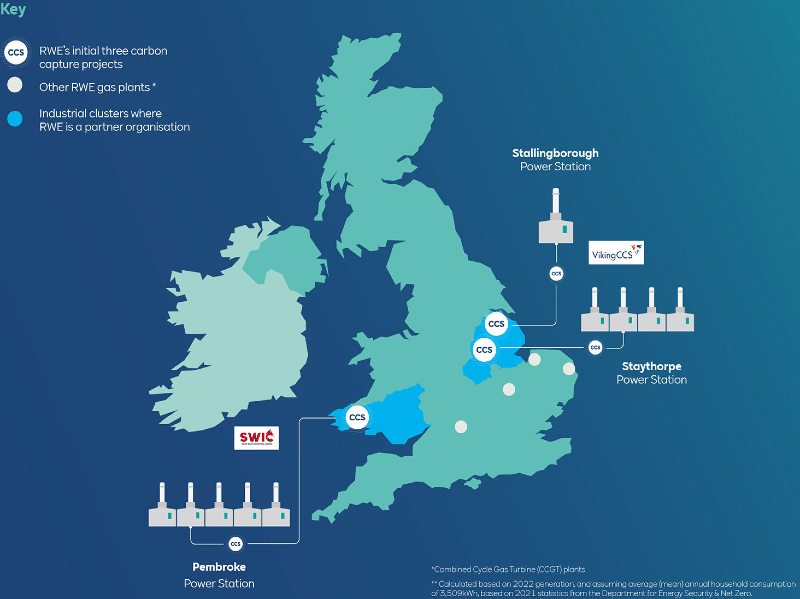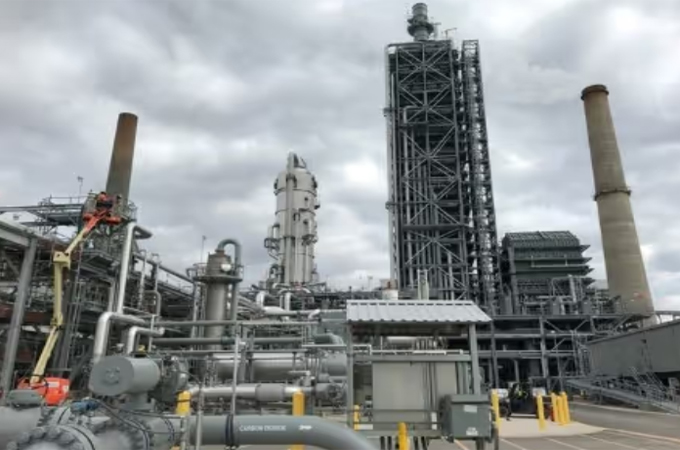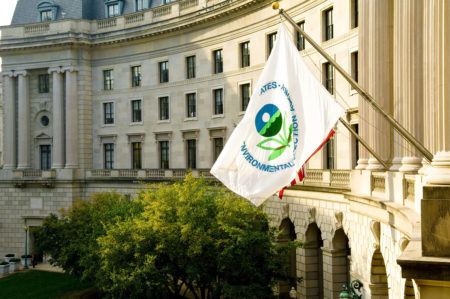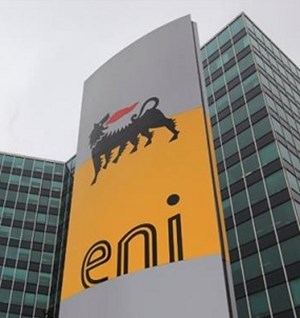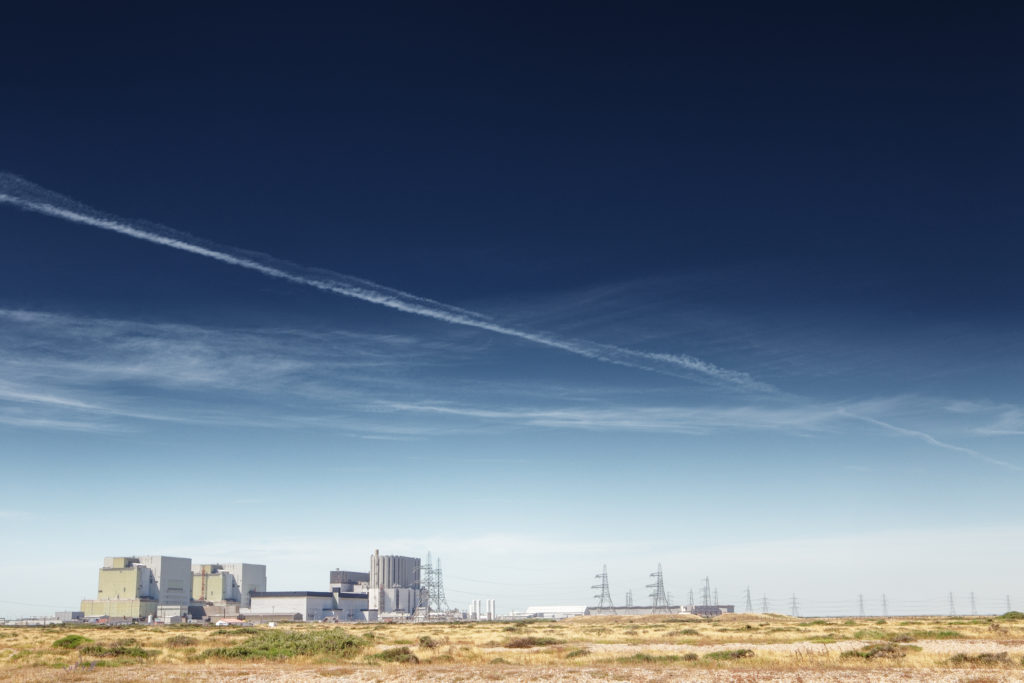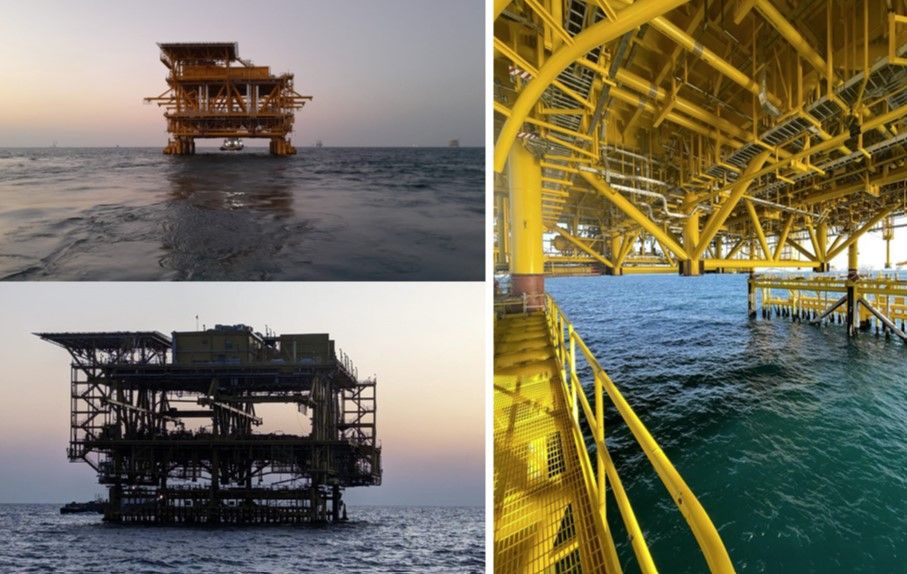
According to Subsea7, the innovative barge docking method designed for the Marjan increment program 2 (MIP2) offshore Saudi Arabia, undertaken for the Middle Eastern country’s energy giant Aramco, presented no risk of damage to sea assets and allowed the installation duration to be shortened by decreasing the risk of stand-by waiting for longer weather windows.
Andrea Simonelli, Projects and Operations Director for the Middle East, commented: “Thanks to the solid and close collaboration between operation and engineering team members, we were able to develop a method that did not require placing anchors on the seabed thereby removing any risk for the existing subsea assets and reducing the installation duration. We expect this to become a standard for future similar activities in the region.”
The TP12 topside offshore float-over installation was safely wrapped up in July 2024, maneuvering the 400 ft cargo barge carrying the 4600 MT topside into the jacket slot position and then lowering onto its six leg supports, in less than 24 hours. Before topside installation, Seven Borealis finished its pipelay scope at Marjan 2 and then moved to Guyana.
Jerome Perrin, GPC East Projects & Operations Director, highlighted: “This achievement embodies our efforts and commitment to deliver safe and predictable operations through innovation, across all our projects.”
Subsea7 confirms that Saudi Aramco’s MIP2 project at one of the region’s largest oil and gas fields keeps progressing with all float-over installation operations finished using this same method, which the Luxembourg-domiciled player describes as innovative and time-saving.
The Marjan increment program is an integrated development project for oil, associated gas, non-associated gas, and cap gas from the Marjan offshore field, encompassing a new offshore gas oil separation plant, and 24 offshore oil, gas, and water injection platforms.
With the capacity to collect and transport 24 million metric tons of crude oil and 7.4 billion square meters of natural gas, a new Marjan platform, mainly designed for collecting and transporting offshore oil and gas to land for processing, was recently delivered by Offshore Oil Engineering (COOEC).
